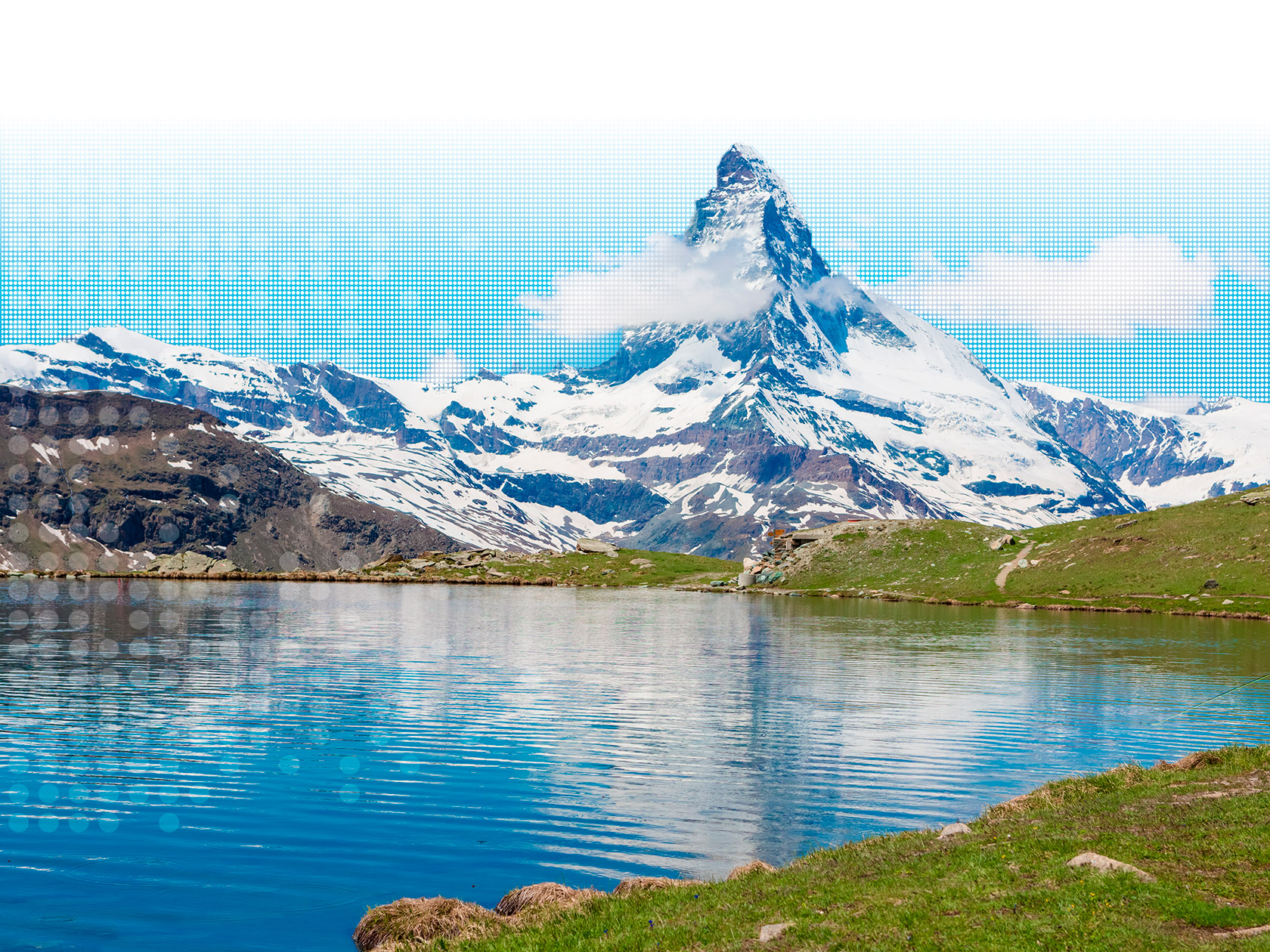march 25. - Super Tuesday
Conference : Snow - a distant childhood memory ? That is the question that the Foundation for Sustainable Development in Mountain Areas (FDDM), the official sustainability body in the Canton of Valais/Wallis, proposes to put on the table this evening.

It is not only skiing and tourism that are under threat. The Alps, the Rockies, the Pyrenees, the Himalayas – one fifth of the world’s population lives in mountainous regions, which contain half of the planet’s water supplies. Climate change is hitting those areas harder than anywhere else, placing enormous strain on their inhabitants and resources. The impact of climate change is at the heart of the news and on 25-29 March the Intergovernmental Panel on Climate Change (IPCC) will officially present the second part of its global report in Yokohama, Japan.
Temperatures in the Alps are rising at around twice the world average, with an increase of between 3˚C and 6˚C predicted by the end of the century, according to a range of scenarios contained in the 5th IPCC report. That is a significant increase. In Switzerland, at the time of the last ice age 21,000 years ago, what is now the city of Geneva was covered by several hundred metres of ice and the Rhone Valley was buried in layer up to 2000m deep. The average temperature, however, was only 8˚C lower than today!
The planet has always been subject to cycles of heating and cooling, but this time it is happening at a much faster pace: one century as opposed to the thousands and even millions of years in the past. According to IPCC scientists, it is 95% sure that the main cause are greenhouse gases created by humankind, which have continued to grow since the Industrial Revolution. If the worst-case scenarios are to be believed, all Alpine glaciers will have disappeared with a few decades. A new era will dawn with major consequences for the supply of drinking water, energy production and, of course, winter tourism.
In Switzerland, therefore, the authorities have decided to act. The country has accumulated a great deal of experience in managing mountain regions and the dangers they face. Through the Development and Cooperation Directorate (DDC), which is part of the Federal Department of Foreign Affairs (DFAE), and its partner in Valais, the FDDM (Foundation for Sustainable Development in Mountain Areas), Switzerland aims to meet the challenges facing these regions. The goal of this round table discussion is to debate the risks of climate change, the full force of which is being felt above all in mountainous regions, what is at stake and what the solutions might be.
Mr Jean Troillet
Emmanuel Reynard, professor of geography / “No More Snow? The MontanAqua Project”
Ordinary professor of physical geography at the University of Lausanne since September 2005, Mr. Reynard was director of the Geographical Institute (IGUL) from September 2008 to July 2012. On 1 August 2012, he became director of the Geography and Sustainability Institute (IGD).
Temperatures in the Alps are rising at around twice the world average, with an increase of between 3˚C and 6˚C predicted by the end of the century, according to a range of scenarios contained in the 5th IPCC report. That is a significant increase. In Switzerland, at the time of the last ice age 21,000 years ago, what is now the city of Geneva was covered by several hundred metres of ice and the Rhone Valley was buried in layer up to 2000m deep. The average temperature, however, was only 8˚C lower than today!
The planet has always been subject to cycles of heating and cooling, but this time it is happening at a much faster pace: one century as opposed to the thousands and even millions of years in the past. According to IPCC scientists, it is 95% sure that the main cause are greenhouse gases created by humankind, which have continued to grow since the Industrial Revolution. If the worst-case scenarios are to be believed, all Alpine glaciers will have disappeared with a few decades. A new era will dawn with major consequences for the supply of drinking water, energy production and, of course, winter tourism.
In Switzerland, therefore, the authorities have decided to act. The country has accumulated a great deal of experience in managing mountain regions and the dangers they face. Through the Development and Cooperation Directorate (DDC), which is part of the Federal Department of Foreign Affairs (DFAE), and its partner in Valais, the FDDM (Foundation for Sustainable Development in Mountain Areas), Switzerland aims to meet the challenges facing these regions. The goal of this round table discussion is to debate the risks of climate change, the full force of which is being felt above all in mountainous regions, what is at stake and what the solutions might be.
Dynamic, incisive presentations will be followed by a discussion open to all, with the participation of:
Jean Troillet, guide and mountaineer / “A close look at change in the mountains”
Born on 10 March 1948 in Orsières and resident in La Fouly, in the Canton of Valais, Mr. Troillet is a national of Switzerland and Canada and obtained his licence as a mountain guide in 1969. He is an FDDM board member and has bagged 10 peaks of more than 8000 metres, all in Alpine style and without the aid of oxygen. In 1986, he ascended Mt. Everest. In 1997, he became the first man to snowboard down the north face from the Roof of the World.Mr Jean Troillet





